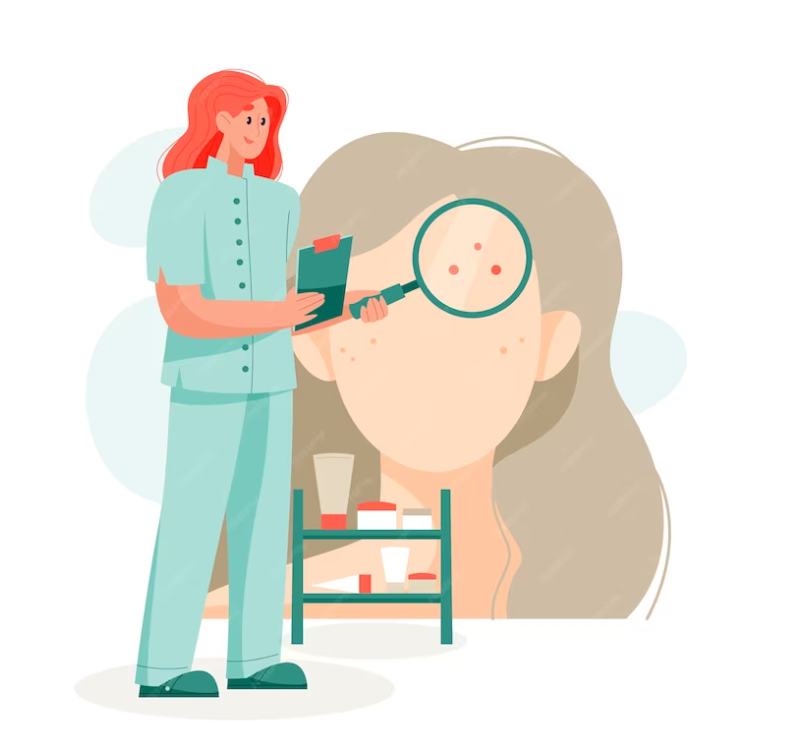
Complications of Seborrheic Folliculitis: Secondary Infections and Scarring
Introduction:
Seborrheic folliculitis, a common skin condition characterized by inflamed hair follicles, can sometimes lead to complications if left untreated. Among the potential complications are secondary infections and scarring, which can further impact skin health and appearance. Understanding these complications is essential for effective management and treatment.
Secondary Infections:
When hair follicles become inflamed due to seborrheic folliculitis, they create an environment conducive to bacterial or fungal growth. If left unchecked, these microorganisms can invade the follicles, leading to secondary infections. Symptoms of a secondary infection may include increased redness, swelling, pain, and the presence of pus-filled lesions. These infections can exacerbate existing symptoms and may require additional medical intervention, such as antibiotics or antifungal medications, to resolve.
Scarring:
Chronic or severe cases of seborrheic folliculitis can potentially result in scarring. When follicles repeatedly become inflamed and damaged, the healing process may lead to the formation of scar tissue. Scarring can alter the texture and appearance of the skin, leaving behind permanent marks or indentations. In some cases, scarring may be minimal and barely noticeable, while in others, it can be more prominent and affect self-esteem and confidence.
Preventing Complications: While complications of seborrheic folliculitis such as secondary infections and scarring can be concerning, there are steps individuals can take to reduce their risk:
- Maintain Good Hygiene: Regularly cleanse the affected areas with a gentle, pH-balanced cleanser to remove excess oil, dirt, and impurities, reducing the risk of secondary infections.
- Avoid Scratching: Refrain from scratching or picking at the affected skin, as this can introduce bacteria and exacerbate inflammation, potentially leading to infections and scarring.
- Seek Prompt Treatment: If you suspect you have seborrheic folliculitis or notice any signs of secondary infection, such as increased redness, swelling, or pain, consult a dermatologist promptly. Early intervention can help prevent complications and promote faster healing.
online pharmacy buy xifaxan no insurance with best prices today in the USA
Conclusion:
While seborrheic folliculitis is usually a benign condition, it can sometimes lead to complications such as secondary infections and scarring. By understanding these potential risks and taking proactive measures to prevent them, individuals can effectively manage their condition and maintain healthier skin.
To seek medical advice, always consult a Doctor.
Here are our recommended EXPERTS. Click here
To read more on SKIN. Click Here


